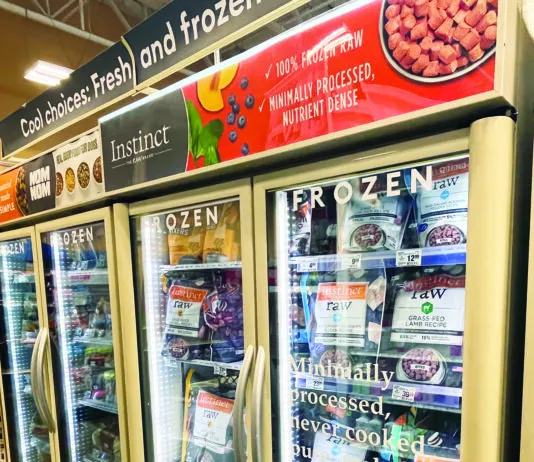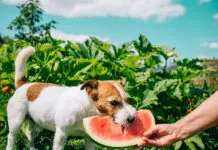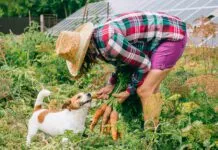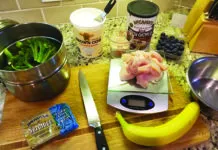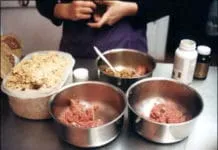Can Dogs Have Apples?
Your dog may beg for some of whatever you’re eating—quietly with just his eyes if he’s been taught not to beg or a full-body...
Is Liver Good for Dogs?
Liver is often touted as a nutritional powerhouse for dogs that is packed with essential vitamins and minerals that can provide numerous health benefits. However, too much of a good thing can be harmful.
Can Dogs Eat Shrimp?
From head to tail, boiled or fried, crustaceans are delicious, but can dogs eat cooked shrimp? The answer is yes—with reasonable precautions. For most of us, shrimp are a treat, not an everyday meal, and it should be the same for dogs.
Can Dogs Eat Rice?
The long and the short of it is – yes, dogs can eat rice.
Cooked white rice is traditionally fed to dogs with an upset...
What Fruit Can Dogs Eat?
With the notable exception of grapes and raisins many common fruits are safe for dogs to eat and make a great treat or dietary add in.
Is Pineapple Good for Dogs?
You can feed your dog pineapple. To feed pineapple to your dog, cut it just like you do to eat yourself.
Can Dogs Eat Vegetables?
Can dogs eat vegetables? Yes, dogs can eat vegetables. Dogs can eat celery, and carrots are especially good for dogs. Dogs can eat broccoli,...
Can Dogs Eat Berries?
Many berries are a delicious and nutritious addition to our dogs’ regular food and as a treat the enjoy whether fresh or frozen,
Calcium in Homemade Dog Food
If asked the most common mistake people make when feeding their dogs a homemade diet, I’d have to say that it’s not adding calcium....
Homemade Dog Food Ingredients: 3 Essential Foods for Dogs
Whole Dog Journal steers away from providing dog guardians with step-by-step recipes for dog food, raw or cooked. We can share expert dog companions' personal protocols for feeding their dogs home-prepared, but quickly you will realize not only that the perfect dog food recipe does not exist, but that in order for your dog to receive all necessary nutrients, you really need many recipes that include many different whole food ingredients.
Raw Dog Food and Salmonella Risks
Thanks to dogs' industrial-strength digestive systems, their strong stomach acids usually disarm the Salmonella bacteria before they can cause illness. And even if enough of the bacteria survive and manage to take up residence in the dog's digestive tract, he may well be completely asymptomatic; not all canine carriers of Salmonella become ill. This makes it difficult to know how widespread Salmonella infections are in the canine population.
The State of the Commercial Raw Diet Industry
Three of the most knowledgeable and experienced advocates of well-formulated raw diets for dogs have joined forces to explain how to evaluate commercial raw diets. We described them in the inaugural installment of this column last month: Dr. Karen Becker, a leading holistic veterinarian; Steve Brown, one of the founders of this industry; and Mary Straus, one of the most dedicated canine nutrition researchers and writers. This month, we've asked them to address the state of the commercial raw diet industry, starting with diets that are labeled as complete and balanced" or "AAFCO-compliant" (formulated to meet the nutritional levels established by the Association of American Feed Control Officials).Their executive summary? More and more dog owners and veterinarians are learning that well-formulated raw diets are the best food for most dogs most of the time but the commercial raw dog food industry has problems. They are disappointed with the apparent lack of basic nutritional knowledge demonstrated by many companies as evidenced by the formulation of their products despite the manufacturers' good intentions.They hasten to add




